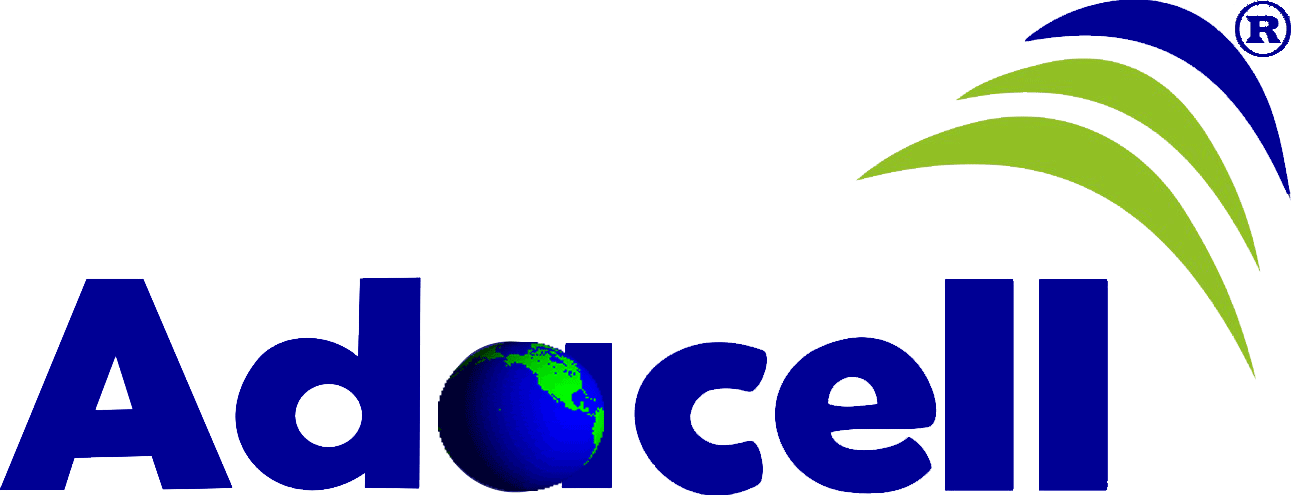Blood vessels are an important part of our circulatory system, playing a crucial function in the transport of blood throughout our bodies. They are in charge of lugging deoxygenated blood back to the heart after it has supplied oxygen and nutrients to numerous parts of the body. In this post, we will dive much deeper into the globe of blood vessels, discovering their framework, function, and typical issues associated with them.
The Framework of Blood vessels
Capillaries are thin-walled blood vessels that are an essential component of the circulatory system. They work together with arteries and blood vessels to make sure the appropriate functioning of blood circulation. While arteries bring oxygen-rich blood away from the heart, veins transfer oxygen-depleted blood back to the heart for reoxygenation.
Veins consist of 3 primary layers:
- Tunica Intima: This innermost layer is composed of endothelial cells, which offer a smooth surface area for blood circulation. It likewise consists of shutoffs that avoid the in reverse flow of blood, guaranteeing unidirectional flow towards the heart.
- Tunica Media: This middle layer contains smooth muscular tissue cells and flexible fibers. It helps regulate the size of the blood vessels, playing an essential function in keeping high blood pressure.
- Tunica Adventitia: The outermost layer, also referred to as the connective tissue layer, offers architectural assistance and defense to the capillaries.
Generally, the framework of capillaries permits them to hold up against the stress applied by the blood while keeping their form and facilitating efficient blood flow.
The Function of Veins
The primary feature of capillaries is to transport deoxygenated blood back to the heart for oxygenation. This process includes a number of actions:
- Deoxygenated blood from numerous parts of the body enters little venules, which slowly merge to develop larger capillaries.
- The blood vessels carry the deoxygenated blood in the direction of the heart, helped by the tightening of surrounding muscular tissues.
- Valves existing within the veins protect against the backwards flow of blood, guaranteeing it relocates a unidirectional fashion.
- As the veins approach the heart, they merge into 2 major capillaries: the premium vena cava (which collects blood from the top body) and the inferior vena cava (which accumulates blood from the lower body).
- Finally, the deoxygenated blood is pumped back into the heart’s best atrium, where it will certainly be sent to the lungs for oxygenation.
It is vital to note that capillaries work against gravity, particularly in the reduced extremities. To conquer this obstacle, veins have one-way shutoffs and rely on the tightening of surrounding muscle mass to drive blood upwards. This mechanism makes certain efficient blood return to the heart.
Usual Capillary Problems
While blood vessels carry out a vital feature in our bodies, they can occasionally run into issues that influence their effectiveness and health. Some typical capillary problems include:
- Varicose Veins: Varicose capillaries are bigger and twisted veins that typically occur in the legs and feet. They can be agonizing and lead to discomfort or swelling.
- Deep Blood Vessel Thrombosis (DVT): DVT is a condition where a blood clot kinds in a deep vein, usually in the leg. If left neglected, it can lead to severe difficulties like pulmonary blood clot.
- Spider Veins: Spider capillaries are tiny, dilated capillary that appear near to the surface of the skin. While they are generally harmless, they can create cosmetic issues for some people.
- Chronic Venous Lack (CVI): CVI takes place when the shutoffs in the blood vessels are not able to appropriately return blood to the heart. It can cause symptoms such as leg swelling, discomfort, keramin krem na nechty and abscess.
- Phlebitis: Phlebitis refers to the inflammation of a capillary, often brought on by an embolism or infection. It can cause pain, soreness, and swelling in the afflicted location.
These blood vessel concerns highlight the significance of maintaining excellent vein wellness through lifestyle choices and looking for clinical interest for any type of concerning signs and symptoms.
Verdict
Blood vessels play a crucial function in our circulatory system, making sure the proper transportation of deoxygenated blood back to the heart. Understanding tonerin que contiene their framework, function, and common issues can help us value the value of keeping healthy veins. By taking care of our capillaries and looking for clinical guidance when needed, we can advertise ideal circulatory feature and general well-being.
